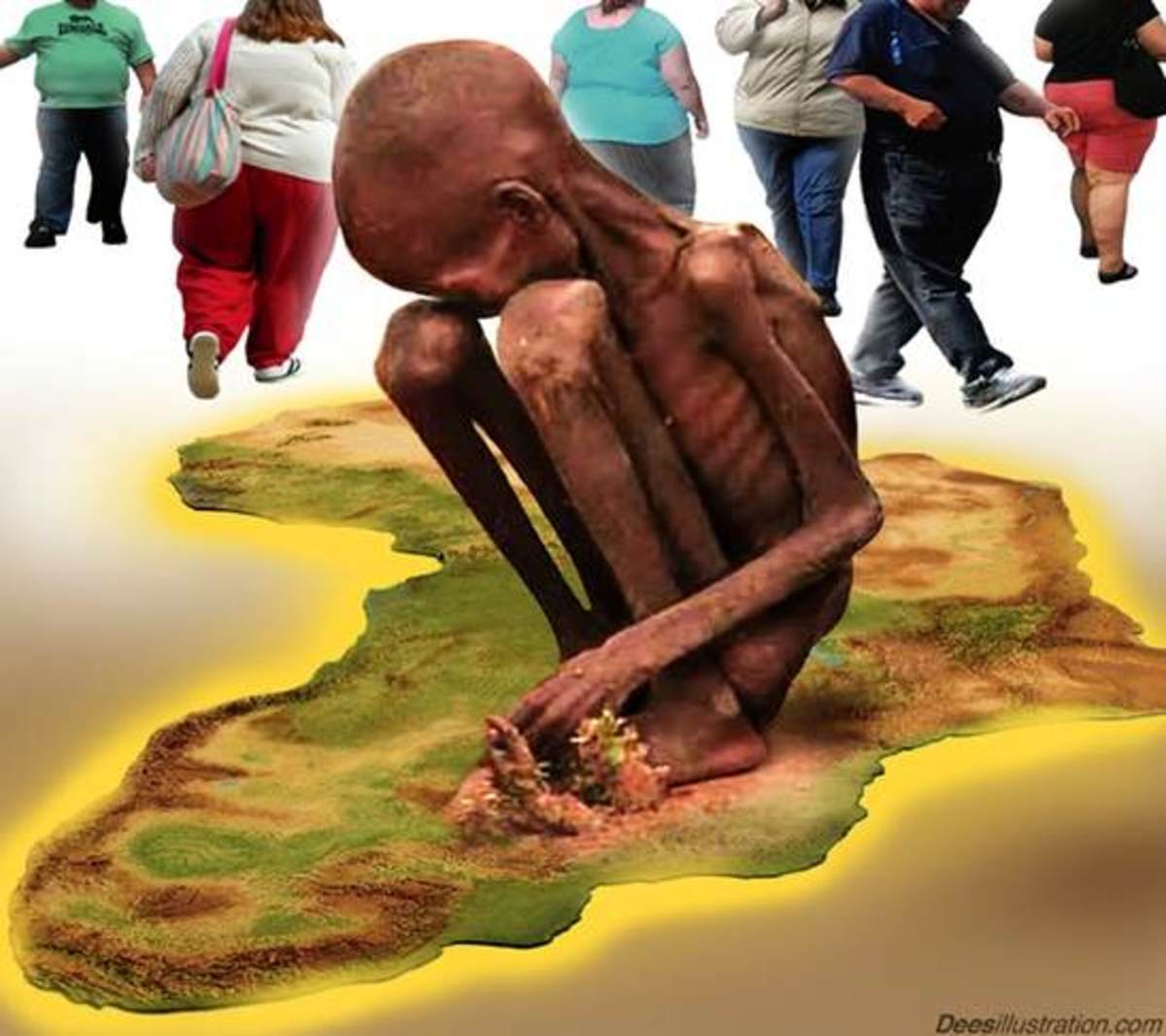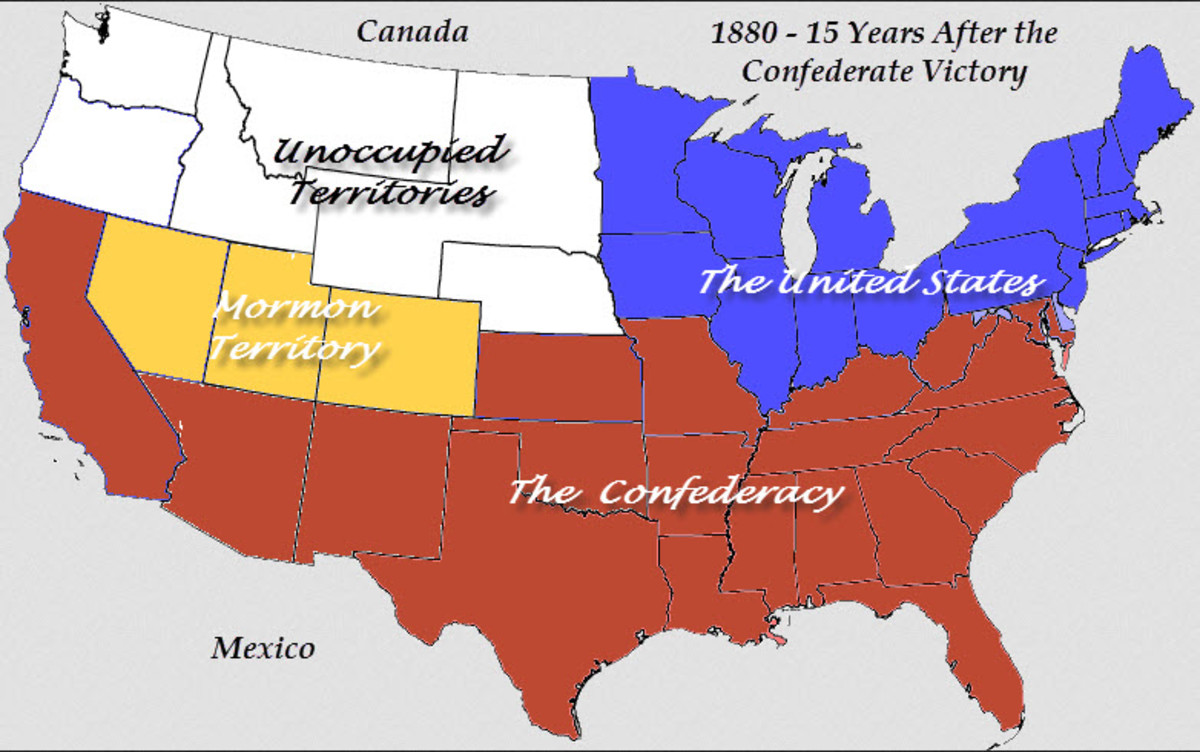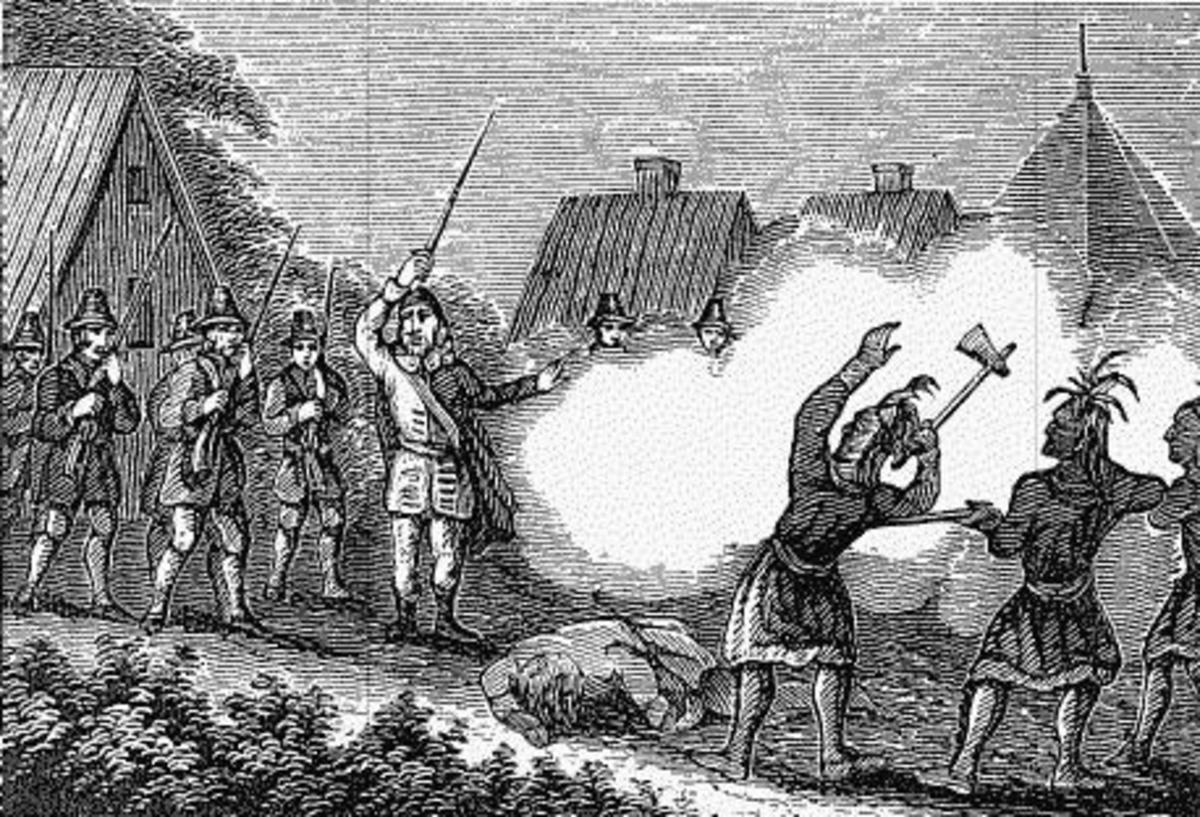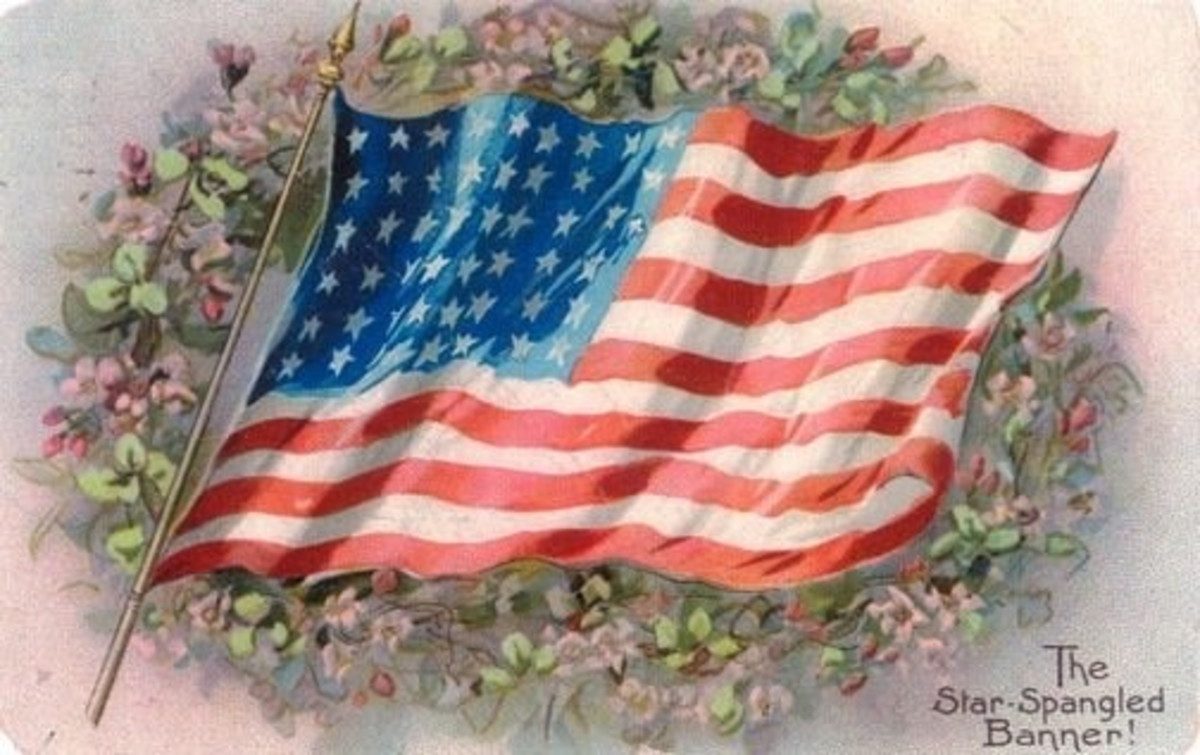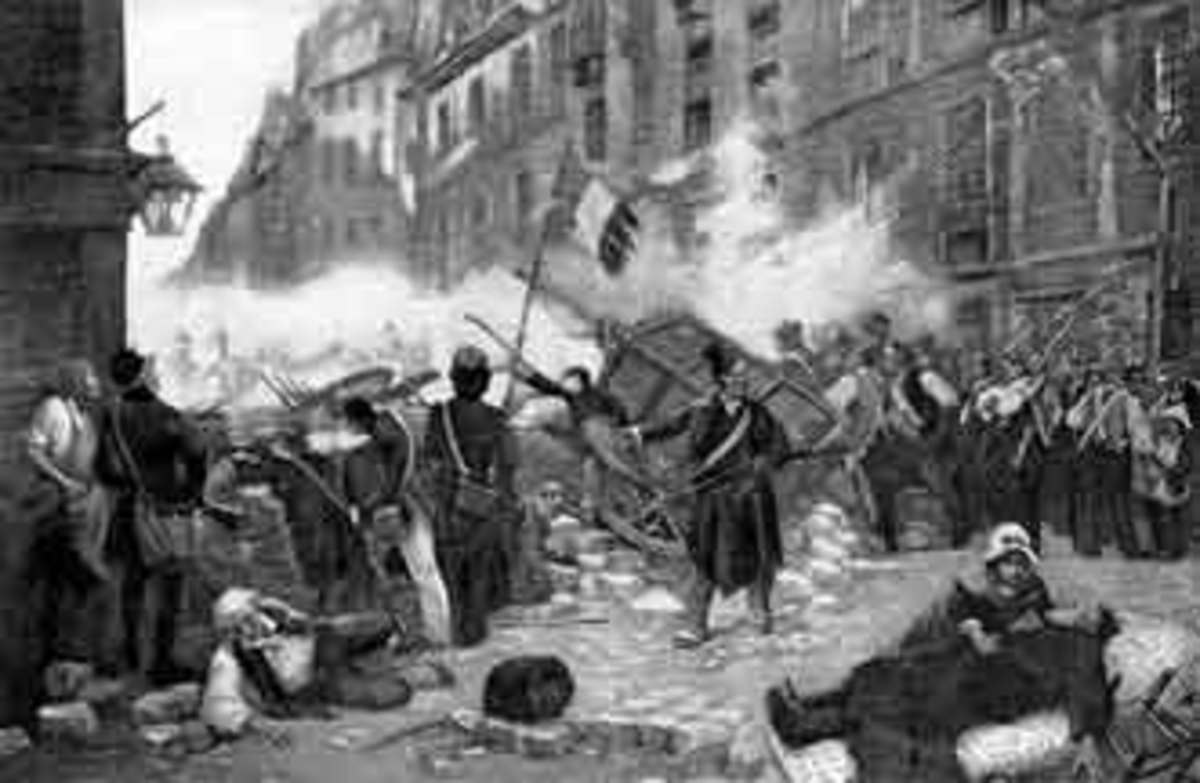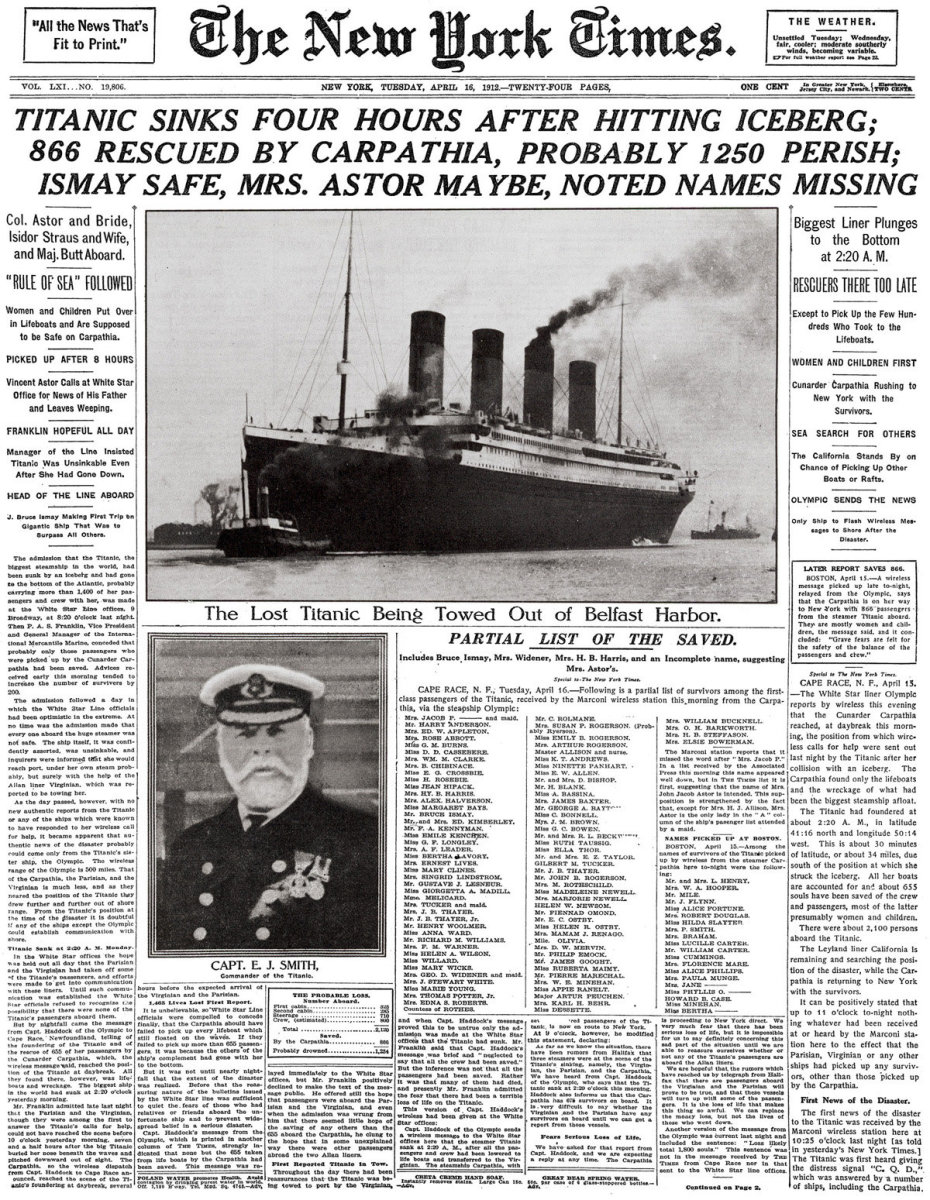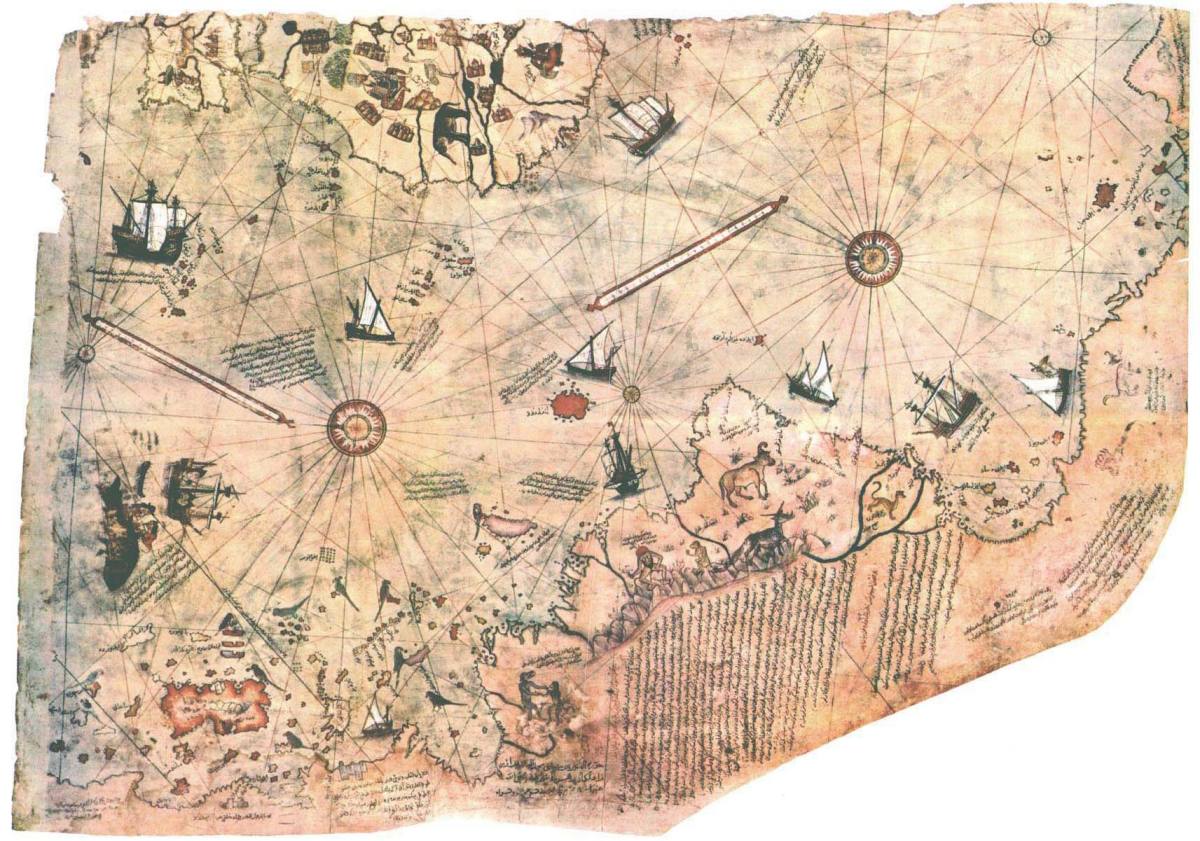Language and Politics: The American-Soviet Cold War (Part Four)
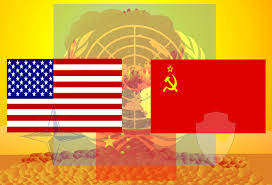
Read part three.
http://wingedcentaur.hubpages.com/hub/Language-and-Politics-The-American-Soviet-Cold-War-Part-Three
Let's get into the ethnic component of all of this. For a very long time, there had been this "Anglo-Saxon" chauvinism, on behalf of people of Northern and Western European extraction, which viewed people of Southern and Eastern European extraction as inferior. This Saxon pride seems to have taken justification for its stance, regarding the Eastern half of the European continent, by the latter's decline---going on since pre-Columbian times---with respect to the Western half of the continent, in terms of capitalist development.
Not only that, but the West seemed to have regarded the East's apparent regression as proof of laziness and decadence, in accordance with the Protestant Work Ethic, of course---and to have associated all of this, with all things Eastern and "Asiatic." As I have mentioned previously, Saxon chauvinism seemed to have regarded Southern and Eastern Europeans, effectively, as tainted white people, "ruined," if you will, by excessive interbreeding with Africans and Turks.
Historian Eric Hobsbawn lets us know that in the 1880s, there was a public debate concerning the question: Where does Europe end and Asia begin (1)? Reading between the lines, one gets the feeling that this debate must have had the urgency of a public health emergency, again, from the point of view of Protestant Saxon triumphalism. Its as though they were desperate to figure out how to cleave the diseased body away from the healthy organism.
In the 1880s the core of the capitalist world was Northwest and Central Europe, as well as some of their overseas settlements. For more than 1,000 years the Christian powers had fought off periodic invasions from Central Asia, the last of which had culminated in the Ottoman empire. Little by little, the Ottomans were pushed out of Europe in the sixteenth through eighteenth centuries. But in the 1880s the Ottomans still controlled a substantial belt across the Balkan Peninsula (parts of present-day Greece, Yugoslavia, Bulgaria, and all of Albania, as well as some islands) (2).
The Balkan Peninsula was, thus, considered to have been compromised by the Turkish infection; and this is why the Balkan Peninsula was still regarded as the "Near East," in the 1880s. Southwest Asia came to be regarded as the "Middle East" (3).
The Southern regions of Europe had once played a major role in the early development of capitalism. However, since the sixteenth century they had fallen to backwater status. This included Italy and Spain (4), and as a consequence, were essentially regarded as half-Third World.
Russia was too large a country, with too large a military to be quietly shunted off to the side. The United States supported Japan in the Russo-Japanese War of 1905; and, irony of ironies, the US President Theodore Roosevelt won the Nobel Prize for having successfully brokered a peaceful resolution to the conflict (5).
In 1907 the future President of the United States, Woodrow Wilson said this: 'Since trade ignores national boundaries and the manufacturer insists on having the world as a market, the flag of his nation must follow him, and the doors of the nations which are closed against him must be battered down. Concessions obtained by financiers must be safeguarded by ministers of state, even if the sovereignty of unwilling nations be outraged in the process. Colonies must be obtained or planted, in order that no useful corner of the world may be overlooked or left unused' (6).
The point is that for centuries, the easiest doors for the West to "batter down," as it were, had been those of Eastern Europe.
It was only since the late-nineteenth century when other regions of the world opened up substantially to Western and American imperial power (7).
Not counting anti-black/anti-Indian/anti-Hispanic/anti-Asian racism in the United States, there had always been a deeply powerful and rich tradition of what we might call "white-on-white" racism, as I have mentioned before. Historian Thaddeus Russell has pointed out that by the mid-1930s, forty-one states prohibited marriage among the 'feebleminded' and insane; and that thirty states allowed eugenic sterilization. In Alabama those considered to be 'feebleminded' were involuntarily sterilized; in California the 'habitual criminals,' 'idiots,' and 'mental defectives' could be forced to have sterilization surgery; in Connecticut 'those with inherited tendency to crime' could be sterilized (8).
Laws in fourteen states applied to epileptics. In North Dakota, Oregon, and Washington 'moral degenerates' and 'sexual perverts' could be sterilized. It was 'morally degenerate persons' in Iowa and Idaho. In Wisconsin the law applied to 'criminal persons' (9).
Russell cited historian Steven Selden, author of Inheriting Shame: The Story of Eugenics and Racism in America, who wrote: 'Eugenic ideology was deeply embedded in American popular culture during the 1920s and 1930s' (10).
Thaddeus Russell informs us that movies like, The Black Stork, promoted the sterilization of 'unfit' women. Many ministers taught their congregations that genetically superior people should be careful not to marry someone from an inferior gene pool. State fairs were held all across the United States, featuring 'Fitter Families' exhibits, that offered free eugenic evaluations. Those who received "low scores" were warned that they might be among those Americans 'born to be a burden on the rest.' "High scorers" got a medal proclaiming, 'Yea, I Have a Goodly Heritage.' In the 1930s, most high school science texts included lessons on eugenics, including the concept of 'fit' and 'unfit' races, and the need to sterilize the unfit to preserve American culture. Harvard, Columbia, Cornell, and Brown were among the hundreds of colleges and universities that offered such coursework on racial purification (11).
Here's something else that uncomfortable to think about. Thaddeus Russell also pointed out that a large number of progressives, who established many of the principles and practices of the New Deal administration of Franklin Roosevelt, had also been deeply involved in the American eugenics movement. If you're interested, Russell named names: Margaret Sanger, David Starr Jordan, Robert Latham Owen, William Allen Wilson, Harry Emerson Fosdick, Robert Latou Dickinson, Katherine Bement Davis, Virginia Gildersleeve, Simon Patten, and Scott Nearing (12).
Paul Popenoe was the author of a book called Sterilization for Human Betterment. This book was one of the first American books translated into German by the Nazi government; and it was widely cited by Hitler's 'racial hygiene' theorists to justify the Nazi's own sterilization programs. In 1934, it seems that Popenoe praised Hitler for establishing 'his hopes of biological regeneration solidly on the application of biological principles of human society' (13).
Dr. Joseph DeJarnette, then director of Western State Hospital, in Virginia in 1938, said that 'Germany in six years has sterilized about 80,000 of her unfit while the United States with approximately twice the population has only sterilized about 27,869 to January 1, 1938 in the past 20 years... The fact that there are 12,000,000 defectives in the US should arose our best endeavors to push this procedure to the maximum' (14).
More sterilization took place, in the United States, during the New Deal period than at any other time in American history. Daniel Kevles, a leading historian of the American eugenics movement, found that 'through the nineteen twenties, the national sterilization rate had annually run between two and four per hundred thousand,' in the American population. 'In the mid-thirties, the rate shot up to fifteen and climbed to twenty by the end of the decade... Moreover, from 1932 to 1941, sterilization was actually practiced---as distinct from merely legislated---in a greater number of states than before' (15).
Rather chillingly, Thaddeus Russell concluded that: "[T]he evidence of their similarities suggests that the New Deal and fascism went to war not over ideals or values or a way of life. Rather, it seems, the war was a struggle between brother for control of the world family" (16).
As late as 1973, African-American and Native-American women from across the American South and Southwest, brought suit in federal district court, alleging that they had been sterilized under the threat of their welfare benefits being withdrawn. Judge Gerhard Gesell heard the case and found that the women had been coerced. He estimated that between 100,000 and 150,000 poor American women had been sterilized under federal programs, saying that 'the dividing line between family planning and eugenics is murky' (17).
Author Mara Hvistendahl pointed out that this took place within the context of the declared emergency of global overpopulation, during the late-1960s and 1970s. An entity known as the Population Crisis Committee took out ads in The New York Times and Washington Post, which talked about the need for a 'crash program' to combat population growth in the developing world. Others talked about the need for a kind of Asian pregnancy police and suggested that planes (or 'drones,' in today's parlance) be flown over India to spray it with a 'contraceptive aerial mist' (18).
That little data nugget rather speaks for itself, does it not?
If one takes in what we've been discussing, then perhaps, depressingly, it nevertheless becomes significantly less scandalous that, immediately after the end of World War Two in 1945, the American federal government helped at least 1600 Nazi scientists and engineers and intelligence specialists evade justice by bringing them over to the United States to help out with the US space program and bolster the effectiveness of the Soviet desk of the US intelligence services (19).
Its worth remembering that Germany---Nazi Germany, anyway---was as anti-Russian Slav (I won't say "communist"), as was the United States. It is worth remembering as well, in this regard, that Stalin had always believed that the delay in launching the second front had been deliberate stalling on the part of the United States, in order to let Germany pound on the Soviets some more and further wear them out (20).
Finally, just let me add, for the interest of additional confirmation, that the scholarship of Nell Irvin Painter, while using different details, confirms historian Thaddeus Russell's understanding of the "white-on-white" racist dynamic, as I have reproduced it in this essay, for the specific time period of the 1920s and 1930s; but her volume goes further, as it is about the cultural history of the development of American scientific racism theory over a period of several centuries (21).
Read part five.
http://wingedcentaur.hubpages.com/hub/Language-and-Politics-The-American-Soviet-Cold-War-Part-Five
References
1. Hobsbawn, Eric. The Age of Empire: 1875-1914. Pantheon Books, 1987. 18
2. ibid, 17
3. ibid
4. ibid
5. Thomas, Evan. The War Lovers: Roosevelt, Lodge, Hearst, And The Rush To Empire, 1898. Little, Brown, and Company, 2010. 401
*Now, I have called this "irony of ironies," because of what is known about all that Theodore Roosevelt did to cause the Russo-Japanese War in the first place. I don't have the space to get into it here, but another scholar, James Bradley, has detailed it very thoroughly in his book: Imperial Cruise: A Secret History of Empire and War. Little, Brown, and Company, 2009. Let's say pp.168-227.
6. Parenti, Michael. Against Empire. City Lights Books, 1995. 39-40
7. See: Kinzer, Stephen. OverThrow: America's Century of Regime Change From Hawaii To Iraq. Times Books (Henry Holt & Company), 2006; Harman, Chris. A People's History of the World: From the Stone Age to the New Millennium. Verso, 2008. 368, 379-380, 393-394, 396; Zinn, Howard. A People's History of the United States: 1492-Present. Harper Perennial Modern Classics, 2003. 297, 299; Harvey, David. The New Imperialism. Oxford University Press, 2003. 47; Reich, Robert B. Supercapitalism: The Transformation of Business, Democracy, and Everyday Life. Alfred A. Knopf, 2007. 18
8. Russell, Thaddeus. A Renegade History of the United States. The Free Press, 2010. 266
9. ibid
10. ibid, 266-267
11. ibid, 267
12. ibid
13. ibid
14. ibid, 268
15. ibid
16. ibid, 269
17. Hvistendahl, Mara. Unnatural Selection: Choosing Boys Over Girls And The Consequences Of A World Full Of Men. Public Affairs, 2011. 104
18. ibid
19. Jacobsen, Annie. Operation Paperclip: The Secret Intelligence Program That Brought Nazi Scientists To America. Little, Brown, and Company, 2014.
20. Harvey, David. The New Imperialism. Oxford University Press, 2003.
21. Painter, Nell Irvin. The History of White People. W.W. Norton & Company, 2010. Chapter 18: "The Discovery of Degenerate Families," 256-266; Chapter 19: "From Degenerate Families To Sterilization," 267-277; Chapter 20: "Intelligence Testing Of New Immigrants," 278-290

